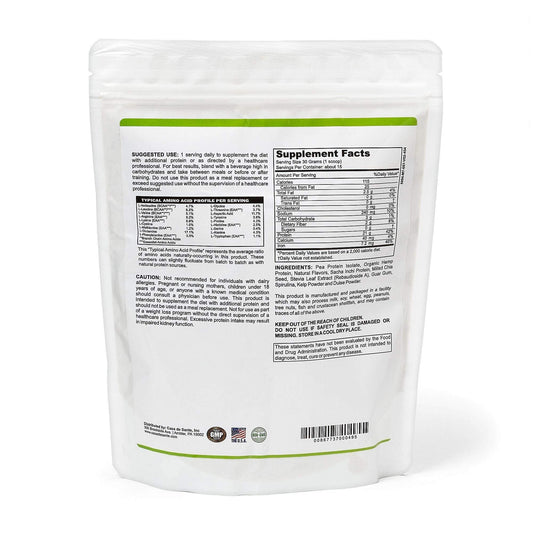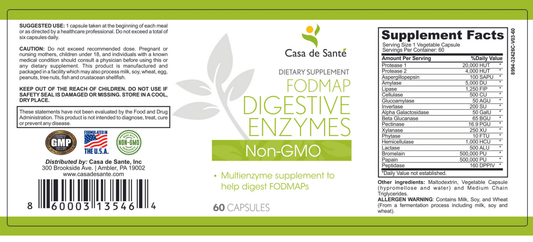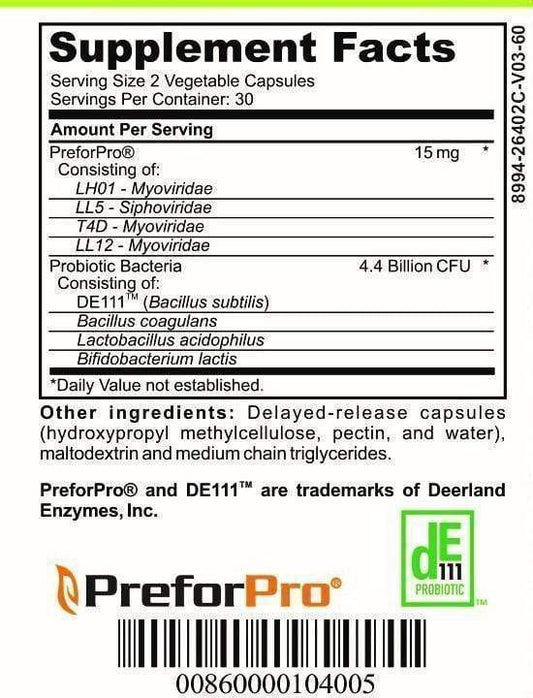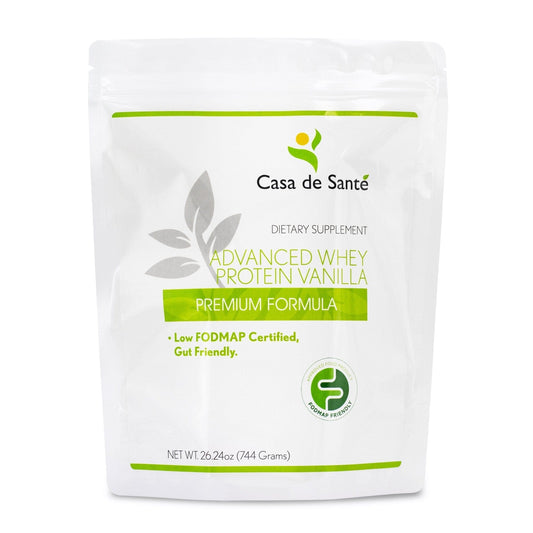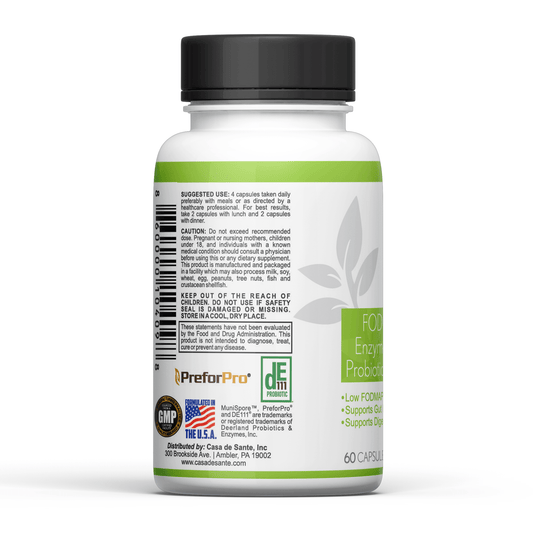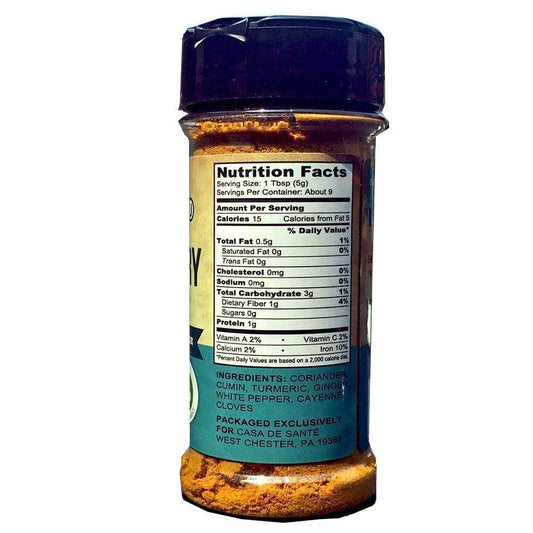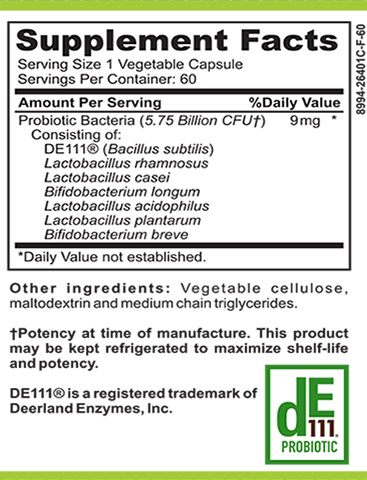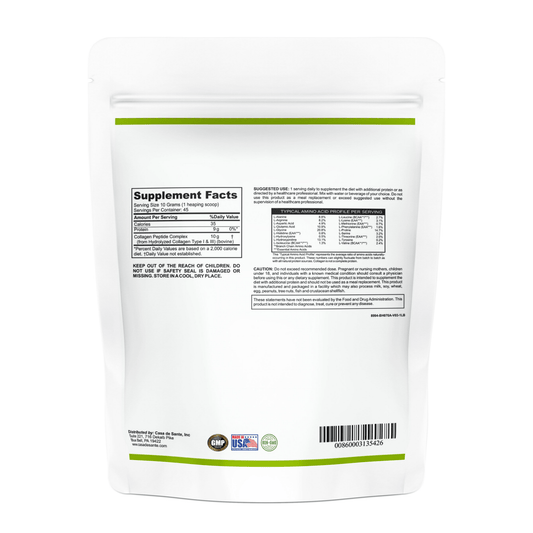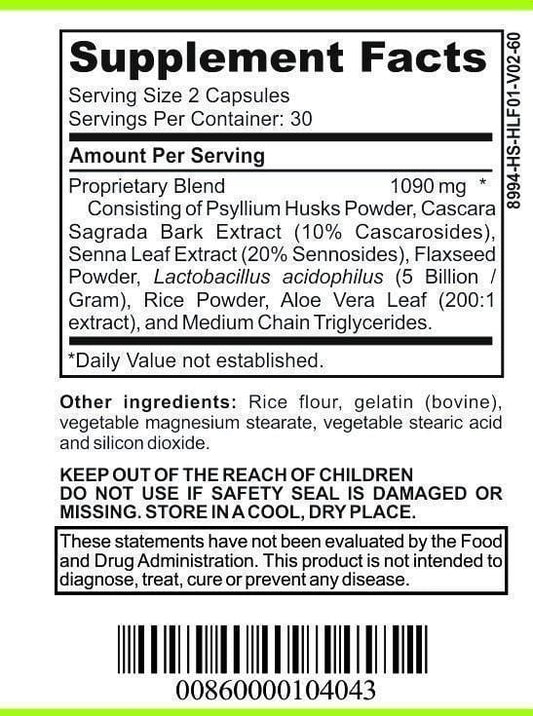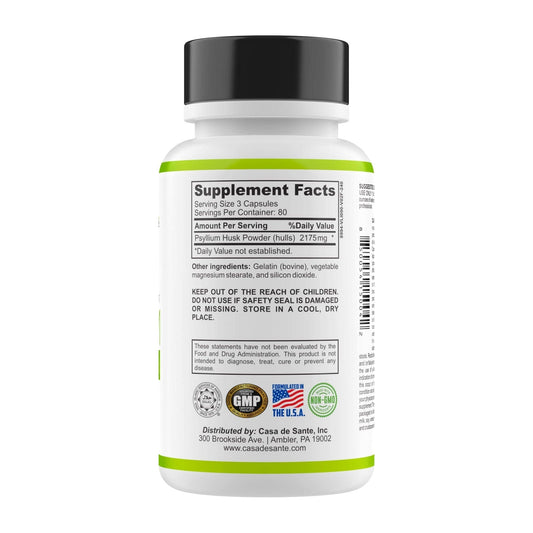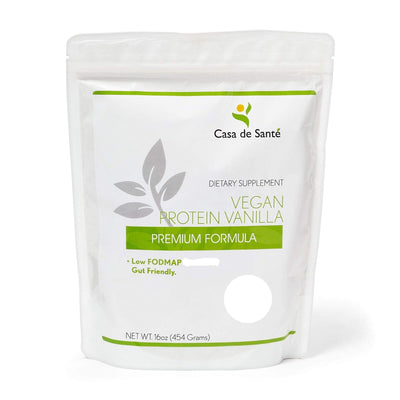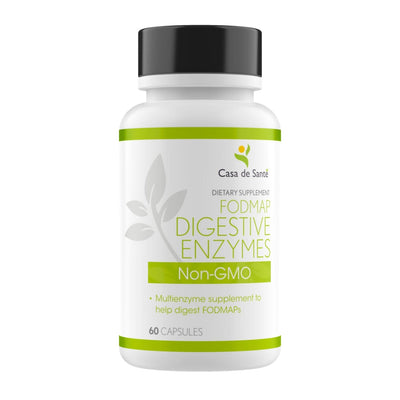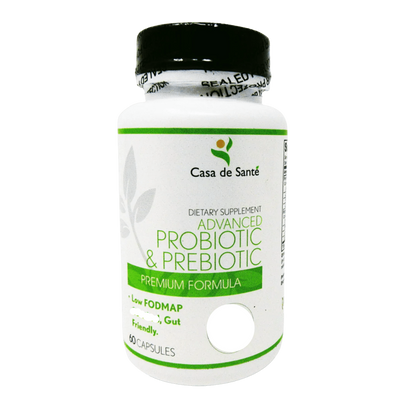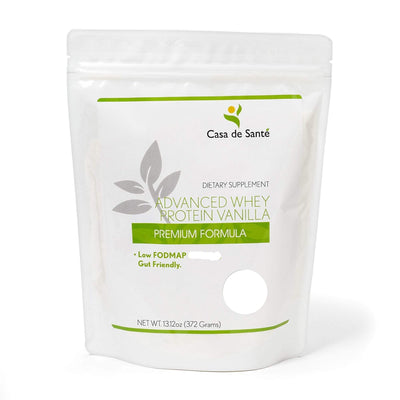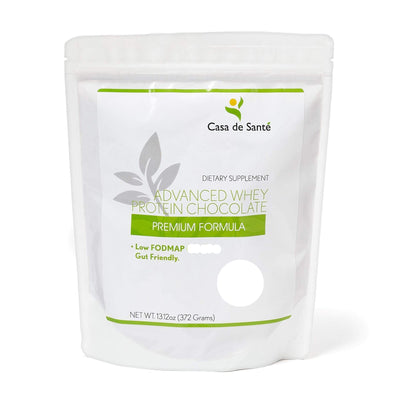Are Dates High FODMAP? A Comprehensive Guide to Digestive Health
Are Dates High FODMAP? A Comprehensive Guide to Digestive Health
Navigating dietary restrictions can be challenging, especially when you're trying to manage digestive symptoms through a low FODMAP diet. Dates, those sweet, chewy fruits often used in baking and as natural sweeteners, frequently raise questions for people following this specialized eating plan. If you've ever wondered whether you can safely enjoy dates without triggering uncomfortable digestive symptoms, you're not alone.
This comprehensive guide will explore the FODMAP content of dates, how they might affect your digestive system, and practical advice for incorporating them into your diet if you're sensitive to FODMAPs. We'll also look at alternatives and strategies to help you make informed choices about including dates in your meals.
Understanding FODMAPs and Their Impact on Digestion
FODMAPs (Fermentable Oligosaccharides, Disaccharides, Monosaccharides, and Polyols) are types of carbohydrates that can be poorly absorbed in the small intestine. When these carbohydrates reach the large intestine, they can be fermented by gut bacteria, potentially causing symptoms like bloating, gas, abdominal pain, and changes in bowel habits in sensitive individuals.
The low FODMAP diet was developed by researchers at Monash University in Australia to help manage symptoms of Irritable Bowel Syndrome (IBS) and other functional gastrointestinal disorders. This diet involves temporarily reducing high FODMAP foods and then systematically reintroducing them to identify specific triggers.
Common High FODMAP Foods
Many fruits, vegetables, grains, and dairy products contain high levels of FODMAPs. Some common high FODMAP foods include apples, pears, watermelon, cauliflower, onions, garlic, wheat, rye, milk, ice cream, honey, and certain sweeteners like high-fructose corn syrup. Understanding which foods are high in FODMAPs is crucial for effectively managing digestive symptoms.
How FODMAPs Trigger Digestive Symptoms
When FODMAPs aren't properly absorbed in the small intestine, they draw water into the digestive tract through a process called osmosis. Additionally, when gut bacteria ferment these carbohydrates, they produce gases like hydrogen, methane, and carbon dioxide. The combination of increased water and gas production can lead to digestive discomfort, especially in people with sensitive digestive systems or conditions like IBS.
The severity of symptoms varies widely among individuals, which is why personalized approaches to FODMAP management are essential. What triggers symptoms in one person might be well-tolerated by another, making individualized testing and food challenges an important part of the process.
Dates and Their FODMAP Content
Dates are the sweet fruits of the date palm tree (Phoenix dactylifera) and have been a staple food in Middle Eastern diets for thousands of years. They're packed with nutrients including fiber, potassium, magnesium, and various antioxidants. However, their natural sweetness comes from their high sugar content, which is relevant to their FODMAP status.
Are Dates High FODMAP?
According to Monash University's FODMAP testing, dates are indeed considered high FODMAP foods. The primary FODMAP concern with dates is their fructose content. Dates contain more fructose than glucose, creating what's known as "excess fructose" – a type of FODMAP that can cause digestive issues in sensitive individuals.
Specifically, Monash University testing indicates that a small serving of dates (about 1 Medjool date or 2-3 smaller Deglet Noor dates) contains moderate amounts of FODMAPs, while larger servings contain high levels. This means that while dates aren't completely off-limits on a low FODMAP diet, portion size is extremely important.
Different Types of Dates and Their FODMAP Levels
Not all dates are created equal when it comes to FODMAP content. Medjool dates, which are larger and softer, tend to contain more FODMAPs per date than smaller varieties like Deglet Noor. However, the FODMAP content can also vary based on ripeness, with riper dates generally containing more fermentable carbohydrates.
Dried dates, which are most commonly available, have concentrated sugars and therefore concentrated FODMAPs. Fresh dates, when available, may be slightly lower in FODMAPs by weight due to their higher water content, but they're still considered high FODMAP foods in normal serving sizes.
Incorporating Dates into a Low FODMAP Diet
If you're following a strict low FODMAP diet, particularly during the elimination phase, it's generally recommended to avoid dates. However, as you move into the reintroduction and personalization phases, you might be able to include small amounts of dates depending on your individual tolerance.
Portion Control Strategies
The key to potentially including dates in a low FODMAP diet is strict portion control. According to FODMAP research, very small portions of dates (such as half of a Medjool date or one small Deglet Noor date) might be tolerated by some individuals. This small amount could be used to add sweetness to a dish without significantly increasing the overall FODMAP load.
If you're going to experiment with dates, it's wise to do so when your symptoms are well-controlled and to start with tiny amounts. Keep a food and symptom journal to track how your body responds, and consider consulting with a dietitian who specializes in FODMAP management for personalized guidance.
Timing Considerations
When you consume FODMAPs can sometimes affect how your body responds to them. Some people find that having a small amount of a high FODMAP food like dates as part of a larger meal that contains fat and protein (which slow digestion) results in fewer symptoms than consuming dates on an empty stomach or as a standalone snack.
Additionally, spacing out your FODMAP intake throughout the day rather than consuming multiple high FODMAP foods at once can help some people manage their symptoms better. This approach recognizes that FODMAP tolerance isn't just about what you eat but also about how much and when you eat it.
Low FODMAP Alternatives to Dates
If you love the sweetness and texture of dates but find they trigger your symptoms, there are several low FODMAP alternatives that might satisfy your cravings without causing digestive distress.
Fruit Alternatives
Several fruits have been tested and confirmed as low FODMAP in specific serving sizes. These include ripe bananas (up to one medium banana), strawberries, blueberries, grapes, kiwi, and oranges. While these don't have the exact caramel-like flavor of dates, they can provide natural sweetness to recipes or as snacks.
For a texture similar to dates in baking, you might try using mashed banana or pureed low FODMAP fruits. These can add moisture and sweetness to baked goods in a similar way to date paste, though the flavor profile will be different.
When incorporating these fruit alternatives into your diet, consider their preparation method as well. Dried versions of low FODMAP fruits can sometimes mimic the chewy texture of dates more closely. For instance, dried strawberries or blueberries (without added high FODMAP sweeteners) can work well in energy balls or granola bars where you might typically use chopped dates. Just be mindful of serving sizes, as the drying process concentrates both flavor and FODMAPs, so portions may need to be smaller than their fresh counterparts.
Sweetener Alternatives
If you're using dates primarily as a sweetener, there are several low FODMAP options available. Pure maple syrup, table sugar (sucrose), and glucose syrup are all considered low FODMAP and can be used in moderation. Rice malt syrup is another option that's generally well-tolerated on a low FODMAP diet.
It's worth noting that while these sweeteners may be low in FODMAPs, they should still be consumed in moderation as part of a balanced diet. Excessive consumption of any sweetener can potentially cause digestive symptoms regardless of FODMAP content.
For those missing the complex flavor profile that dates bring to recipes, consider combining sweeteners with spices to create more depth. A touch of cinnamon, nutmeg, or vanilla extract can add warmth and complexity to dishes sweetened with maple syrup or rice malt syrup. In raw desserts or energy bars, a small amount of nut butter (such as peanut or almond in low FODMAP portions) combined with maple syrup can create a rich, satisfying flavor and texture that helps compensate for the absence of dates. Some people also find that a pinch of salt enhances the caramel-like qualities of alternative sweeteners, making them more reminiscent of dates in certain applications.
The Reintroduction Phase and Testing Your Tolerance
The low FODMAP diet is designed to be a diagnostic tool rather than a permanent eating pattern. After the initial elimination phase (typically 2-6 weeks), a structured reintroduction process helps identify which specific FODMAPs and in what quantities trigger your symptoms.
How to Test Your Tolerance to Dates
If you want to determine whether dates can be part of your long-term diet, a structured food challenge can help. This typically involves starting with a very small amount (perhaps half a date) and gradually increasing the portion over several days while monitoring for symptoms. It's important to test dates when your symptoms are well-controlled and when you're not testing any other high FODMAP foods.
Keep detailed notes about the amount consumed and any symptoms that develop within 24-48 hours. This information can help you determine your personal tolerance threshold – the amount you can consume without triggering significant symptoms.
Working with Healthcare Professionals
While self-testing can provide valuable insights, working with a registered dietitian who specializes in digestive health and the FODMAP approach can make the process more effective and scientifically sound. They can help design appropriate food challenges, interpret your results, and develop a personalized long-term eating plan that includes as much variety as possible while managing your symptoms.
Healthcare professionals can also help ensure that your diet remains nutritionally adequate despite any necessary restrictions, which is particularly important if you need to limit multiple food groups long-term.
Conclusion
So, are dates high FODMAP? The answer is yes – dates are considered high in FODMAPs, particularly fructose, and can potentially trigger digestive symptoms in sensitive individuals. However, very small portions might be tolerated by some people, especially after the initial elimination phase of the low FODMAP diet.
Managing digestive health is highly individual, and what works for one person may not work for another. The key is to approach your diet with awareness, patience, and a willingness to experiment systematically to find what works best for your unique digestive system.
Whether dates end up being an occasional treat in your diet or a food you need to avoid, understanding their FODMAP content empowers you to make informed choices about your nutrition and digestive health. And remember – even if dates don't work for you, there are plenty of delicious low FODMAP alternatives to explore and enjoy.


